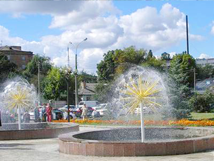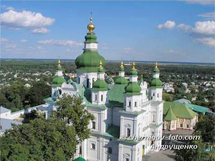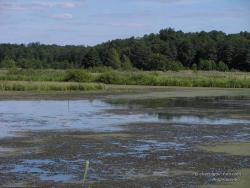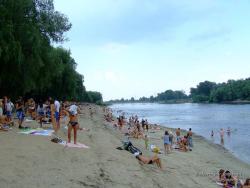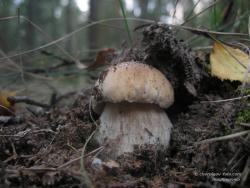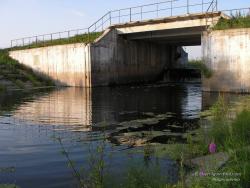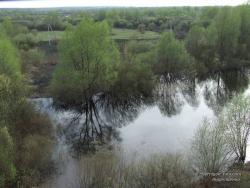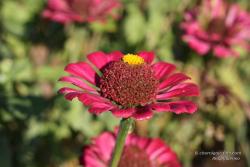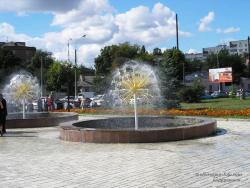It is located between green and blue.
It is presented in many variations. It includes soft and bright, intense colors. If you can not find the finished paint, you will have to mix the green and blue yourself. As a result, we get the desired shade. If you try to briefly answer the question what colors to mix to get a turquoise color, it should be noted that cyan blue and less green are to be used. We discuss in more detail in this material.
Selection of colors
So, we need, How to get it into practice, now we will describe in detail. First you need to decide on the desired shade. The word "turquoise" is often called a mixture of green and blue with a predominance of the first. However, we can achieve different shades.
It is easy to add a drop of light gray or white paint. As a result, we will get more soft shade . You can also mix saturated blue, green and yellow. As a result, we get a bright turquoise. It remains to choose between a bright or soft shade.
The foundation
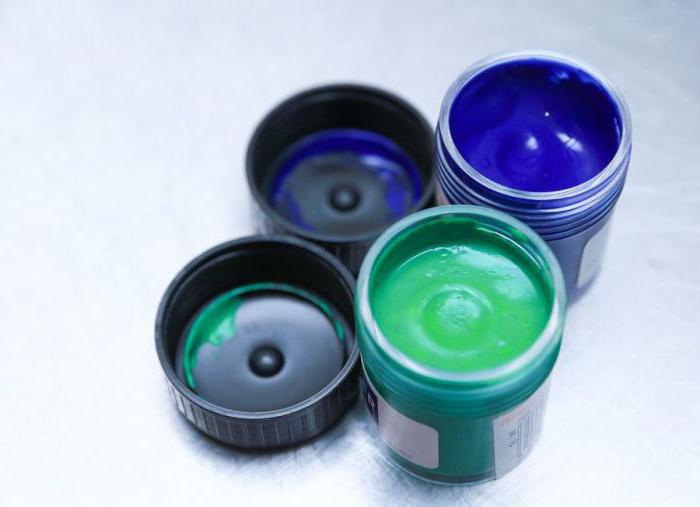 So, we have previously managed to get a turquoise color. How to get it in other ways, consider next. We have already figured out that we need blue and green paint. Their basis can be any water, oil, acrylic.
So, we have previously managed to get a turquoise color. How to get it in other ways, consider next. We have already figured out that we need blue and green paint. Their basis can be any water, oil, acrylic.
However, it should be remembered that the same type of paint is better mixed. Get everything you need best in one of the specialty stores for artists. At the same time it is necessary to study all presented range. You may be able to find the desired shade in finished form.
Watercolor
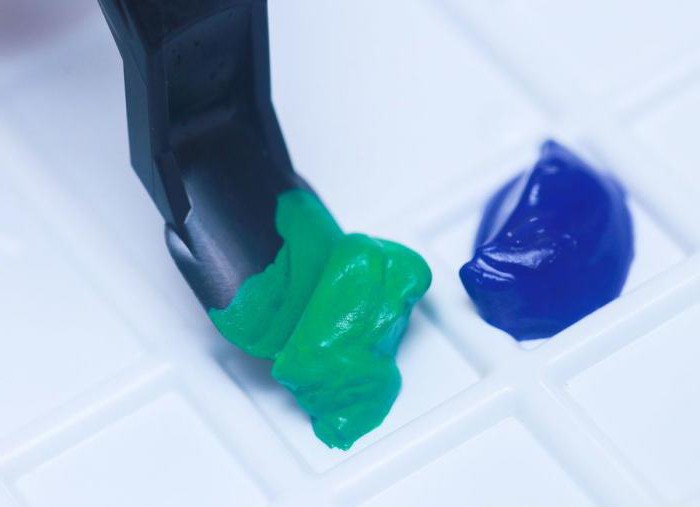
We already know how to get a turquoise color when mixing paints: we need yellow, green and, however, it is better to take them in small drops in order to achieve the utmost accuracy in creating the required paint. If you are a novice artist, better prefer watercolor. This type of paint is easy to handle. In addition, they are well mixed. Watercolor is usually sold in small tubes. For pale shades suitable yellow paint.
Water and space
If you are interested in how to get a turquoise color when mixed to make it more subdued, mix green and blue with white. Suppose there is a tropical beach in the picture, then we use warm cream as the basis for transferring the image of sea water to paper.
More pure white is suitable for creating a picture of a distant cold turquoise planet. We use shades of blue, which is close to the green spectrum. You can try ultramarine, azure, cobalt, cyan or any other similar option. The main thing is that it should be closer to green than to purple.
Any pigment in itself contains a small amount of other colors. Thus, the paint of an arbitrary shade will mix well with a different color. In practice, it is very convenient.
Saturated color
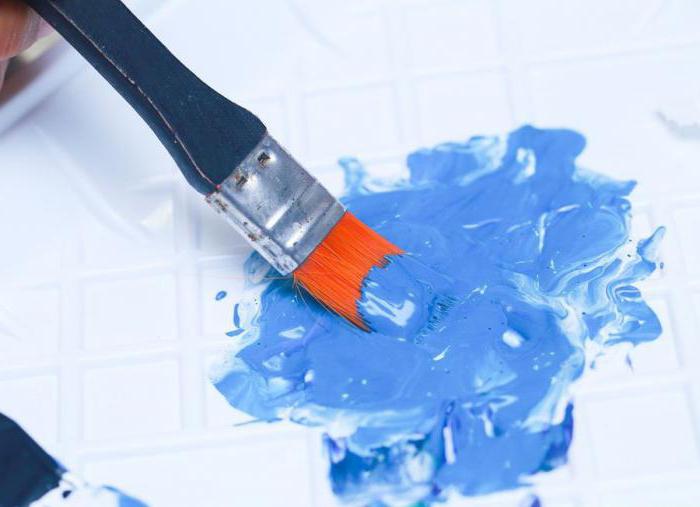
So, to solve the question of how to get a turquoise color when mixing inks, blue is used and However, even better results can be achieved. To do this, we will use a blue dye containing green pigments. It is impossible to find a “clean” base.
In particular, it concerns blue . In theory, he should give good green with yellow, and excellent purple with red. In practice, these faces are blurred. The fact is that blue always approaches red or green because of the imperfect chemical purity of each pigment.
For extremely saturated colors take the necessary ingredients. This is about the shades of blue and green already familiar to us.
- We put on the edge of the palette a small amount of cyan paint. In this case, it should be blue-green.
- Go to the next step. Next put a little green paint. If not, you can get this color yourself. To do this, mix an equal amount of yellow and blue. Instead of a palette, any clean, dry surface will do. However, an item that is used in this way cannot be used for anything else.
- We mix blue and green in the ratio 2: 1. The first pigment should be more. You can also experiment with proportions, but as a sample it is better to use the reduced ratio. A little more green paint will give a rich shade of sea wave. If you reduce the green content, we get a thin turquoise. He will come close to the blue.
So we figured out what elements consists of a turquoise color. How to get it, described in detail above.
However, experienced painters in order to obtain a turquoise color, usually does not arise. They know from which particular colors they get it by mixing. Habitual paints can sometimes give an unusual result with a small violation of previously tested proportions, so you should work carefully. In most cases, to get a turquoise color, painters mix blue / blue paint with green.

As practice shows, it is hardly possible to get a turquoise color without the use of white. Experienced artists generally say that mixing of dyes for finding the right tone of turquoise should begin with the combination of blue or blue paint with white. Squeeze them a little on the palette and start blending, for which use a brush. To get a turquoise color without problems, do not immediately combine large amounts of dyes, otherwise the shade may turn out too light or too dark. It is better to interfere with the white in blue / blue.

To get a turquoise color, you should rely on your own visual impressions. When it seems to you that the mixture on the palette has reached the desired shade of blue, resembling something of the color of transparent sea waves at shallow depth in clear weather, proceed to the next step - adding green. In order to get a turquoise color, proceed carefully and properly select the amount of green dye to mix. It must be combined with the rest of the mixture in small portions, relying on your visual sensations and sense of proportion. If you are trying to get a turquoise color by mixing initially blue with green, you still can not do without white. Thanks to them, it will be possible to muffle the excessive intensity of the resulting dye, to neutralize its excessive darkness, because turquoise is actually quite transparent and slightly pale. Interfere with whitewash in tiny portions, looking at the result and checking it with your ideas about the turquoise color or with its samples.
One of the most beautiful flowers on earth is turquoise. It is striking in its piercing and beauty, incomparable to any other color. In common people it is called the color of sea wave. Turquoise very fashionable, it is used in the interior, clothing and much more. It is widespread in the home interior, but you should not overdo it, because you can achieve an unsatisfactory result, it is better to harmonize it with various shades of other colors. Turquoise color in any interior brings only positive emotions.
He has always won the respect of people engaged in public service and hard mental work, as it has the ability to assist in making the right decisions. Turquoise was considered the imperial stone of ancient Egypt, and after death, their tombs were trimmed with turquoise. Turquoise color make up several shades: green-blue and blue. The color of turquoise refers to cool colors, but compared to other colors of the same group is the warmest. Like many other colors, turquoise has its meaning and influence on people. This color brings a feeling of freshness and natural purity.
Turquoise color has a very strong effect on a person, is able to relieve irritability and fatigue. The difference in its shades is wide - from soft turquoise to a deep blue-green color. Turquoise color is used in the design of health complexes of spas, massage rooms. It is usually combined with white. This is not surprising, as he, like no other, gives a feeling of calm and relaxation. Doctors have revealed its significant impact on rehabilitation in rehabilitation centers.
In addition, doctors advise most of the time to be in his environment in order to achieve the best result. So, how to get a turquoise color? To do this, mix a few colors of different colors. You can get turquoise shades if you take blue or blue-green paint, mixing it with white. To make a turquoise color at home, you will need paint with blue and in green . It is desirable that these be the purest shades close to the typical samples. color wheel . You need to take a small amount of blue paint and mix in a little green.
It all depends on the artist, what color he wants to have in the end, bluish or greenish, you just need to continue to add green color to get the desired result. In order to make the maximum brightness of the color, you must use a palette of undiluted paint. In many respects, the color depends on the paints used, it is preferable to use watercolor and gouache paints, since only they are able to more accurately convey the brightness of the color of turquoise. It is not difficult, and everyone can afford to make and use this beautiful color. You need to try and experiment, draw and enjoy the beautiful.
So, how to get a turquoise color?

